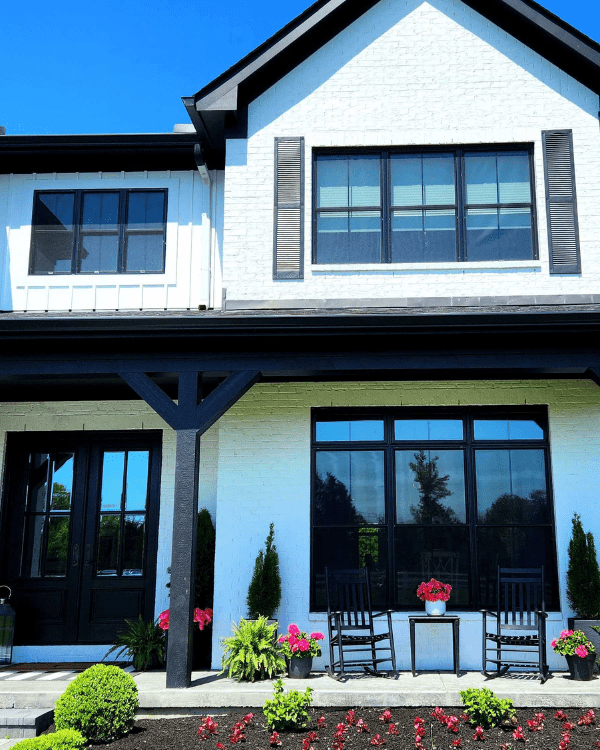

The article refers to studies in neuroplasticity that show that relational pain (i.e. The authors argue that on top of leaving children feeling isolated, time outs are often ineffective and leave children angrier than they were before. Even when presented in a patient and loving manner, time outs teach them that when they make a mistake, or when they are having a hard time, they will be forced to be by themselves - a lesson that is often experienced, particularly by young children, as rejection.” Siegel, MD, and Tina Payne Bryson, PhD, wrote “In most cases, the primary experience a time out offers a child is isolation. The idea is that many behaviors are fueled by attention, so by withdrawing attention from negative behavior parents can, over time, extinguish it.īut an article published in 2014 in Time magazine titled ‘Time-Outs’ Are Hurting Your Child caused quite a stir and created a backlash against the technique. Created in part as an alternative to the corporal punishment that was popular at the time, time outs remove children from the activity they are engaged in - for a very brief period - if they act out. Time outs have been a popular tool since psychological behaviorist Arthur Staats coined the term and proved its effectiveness in the 1950s. “We want to give parents a toolbox that allows them to be both structured and nurturing.” Critics of time outs encourage “time ins” as a more nurturing alternative, in which the caregiver empathizes with the struggling child and makes them feel heard as they calm down.īoth approaches are valuable and don’t have to be at odds with one another, says David Anderson, PhD, a clinical psychologist at the Child Mind Institute. Research indicates that when used properly - along with other techniques that balance nurture and structure - time outs are effective and do not cause harm.īut in recent years, time outs have acquired critics who argue that the experience can be isolating and cause children to feel abandoned in their time of emotional crisis, leading to more power struggles instead of teaching children to regulate their emotions. They are recommended by most pediatricians as a way to curb negative behaviors ranging from talking back to physical aggression. Time outs have been a go-to technique for managing problem behavior for decades, and are a staple of many parent training programs. That’s stressful for parents, but if you stick to the plan, things will get better. It takes time and there will probably be setbacks along the way. Finally, it’s important for parents to know that changes in behavior don’t happen overnight.

And heaping on the praise when your child behaves well is even more important. It’s usually more helpful to discuss what happened and other ways to handle strong feelings later, when the child is calm. Trying to have a conversation or “time in” with the child in the moment when the child is acting out can lead to arguing. A time out should end with a hug from a parent. The child needs to know exactly what led to the time out, and it should happen every time that behavior happens. They’re most helpful for kids ages 2 to 8. Some experts say the maximum should be just 3 minutes. One guideline is 1 minute per year of the child’s age. Experts say that time outs are not harmful.įor time outs to be a success, they should be as short as possible. By taking away the attention, the child learns that throwing a tantrum isn’t going to get them what they want. The idea behind time outs is that when kids stop getting attention for bad behavior, they will be less likely to do it again. Instead, they like “time ins.” This is when the parent or caregiver shows love for the child and makes them feel understood as they calm down.īoth of these can be useful for parents at different times. But some people think time outs are punishments that leave kids to deal with hard emotions by themselves. Most parents have used time outs when their kid acts out.


 0 kommentar(er)
0 kommentar(er)
